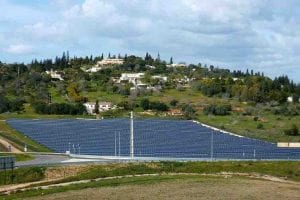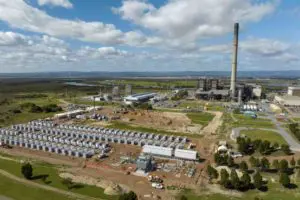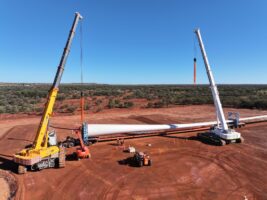Plans to build an up to 300MW wind farm in central Tasmania could include the installation of dozens of turbine curtailment devices in a bid to protect the local population of wedge-tailed eagles.
In an Environment Impact Statement for the St Patricks Plains wind farm, opened to public submissions this week, Ark Energy says “significant effort” has been made through the design phase of the project to minimise collision risk to eagles.
Part of this effort includes a proposal to install installation of 24 turbine curtailment devices – the same technology already in use at a nearby wind project, that has proven highly successful in preventing collision deaths of the endangered birds.
The technology uses high precision camera optics to identify eagles approaching the rotor swept area of a turbine and then to send a message to that particular turbine to stop or slow blade motion, thus avoiding a potential strike.
“All [wind turbine generators] will be under the control of at least one curtailment device, with some devices monitoring multiple WTGs,” the EIS says.
“The wind farm layout has also been adapted to avoid areas of known ecological values, particularly known eagle nest sites, which will be protected through the enforcement of a 1km buffer from all WTGs.”
Seeking social licence
The St Patricks Plains wind farm, which at one point proposed the installation of 67 turbines, before being pared back to 50, and now 47, is proposed for a site south-east of Milena in Tasmania’s Central Highlands.
Ark says the Permit Application and Environmental Impact Statement (EIS) for the wind farm are on public exhibition now for a period of six weeks, until Monday September 25, 2023.
The wind farm has faced community opposition in the past, including from a group called NTAG, or No Turbine Action Group, which two years ago called the trimming of the project’s turbine numbers “a token effort.”
NTAG also said that the then-developer of the project, Epuron, had “no social licence” for building a wind farm in what it described as a “biodiversity hotspot.”
“Epuron hasn’t listened to the community,” said NTAG chair, David Ridley, in September 2021.
“Its response has been to ignore strongly voiced objections at community meetings in February this year and remove a token three turbines.”
A technology in progress
In the EIS, Ark says “extensive environmental management” has been included for the Tasmanian wedge-tailed eagle, as a resident in the project area.
Maps of the wind farm’s proposed layout show the placement of the turbine curtailment devices – see image below – which Ark confirms will be the same award-winning IdentiFlight technology used at the existing Cattle Hill wind farm, also in Tasmania’s Central Highlands.
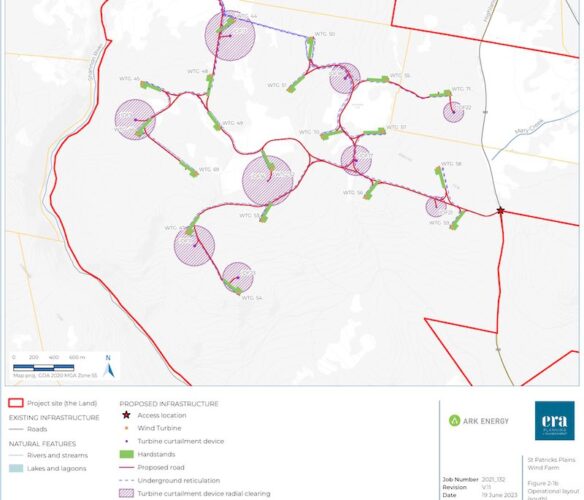
As RenewEconomy has reported, the 144MW Cattle Hill wind farm, owned by Power China Group and Goldwind Capital Australia, in 2021 gave an update on the progress of its Australia-first trial of the IDF system, with 16 of the tower-mounted cameras spread across that project.
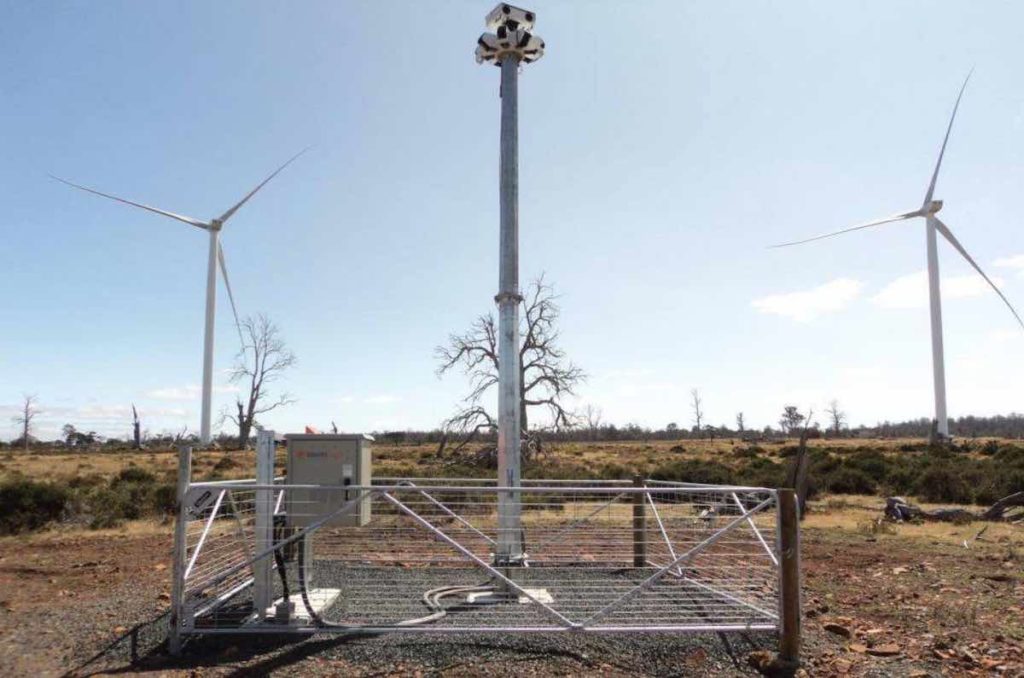
At that time, Goldwind said the technology had proven highly successful in protecting the local population of “Wedgies,” with just one mortality due to a turbine collision identified during the initial commissioning of the system, that was put down to human error.
“Besides that incident, there have been no Tasmanian wedge-tailed eagle or white-bellied sea eagle impacts recorded at Cattle Hill since the first turbine was turned on in November 2019,” a spokesperson told RenewEconomy.
“We consider that IdentiFlight has played a significant role in mitigating the risk to eagles to date.”
The technology also won the Clean Energy Council’s Innovation Award for 2021.
The most recent data in the annual compliance report from Cattle Hill shows that two wedge-tailed eagle mortalities were reported at the site over that 12-month period.
“Two wedge-tailed eagle mortalities is less than the annual average of pre-construction mortality estimates
(Biosis Collision Risk Modelling),” the report says.
“The cumulative mortalities of 4 (for the operations phase) is also half of the Biosis estimates for the first two years, which is a positive indicator of IDF effectiveness.”
Of course, such a system has implications for the overall productivity of a wind farm. Part of Goldwind’s efforts at Cattle Hill had included working out how to fine-tune the system to maximise eagle safety while minimising turbine down-time.
“On average, we’re seeing about 400 curtailment signals sent to a turbine daily within the wind farm, with each shutdown averaging slightly more than two minutes, or about 14.5 hours daily on average across the 48 turbines,” Leigh Walters, Goldwind’s project director, told RE.
Ark Energy’s EIS and Permit Application the St Patricks Plains wind farm are open to submissions until Monday September 25, [email protected].


